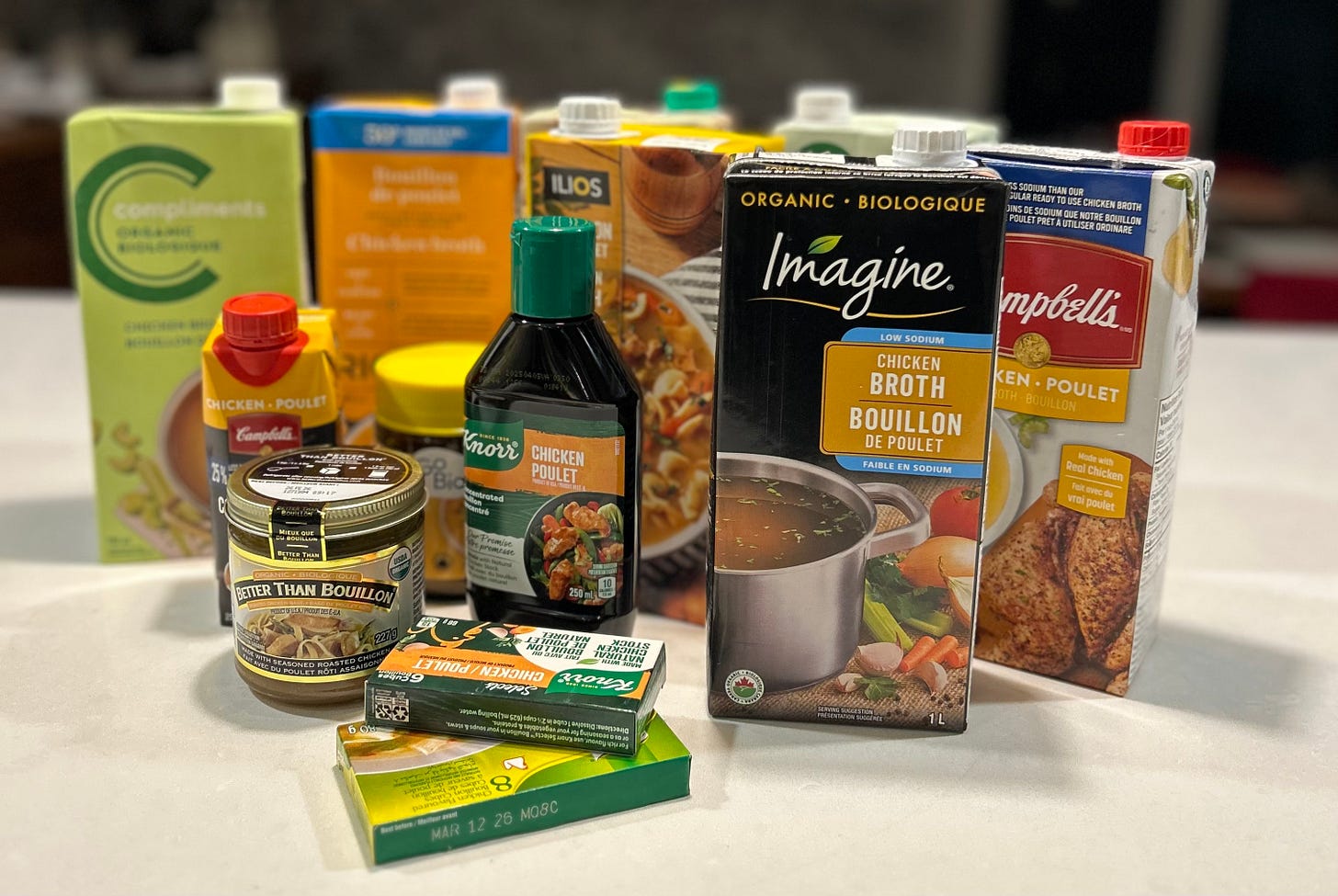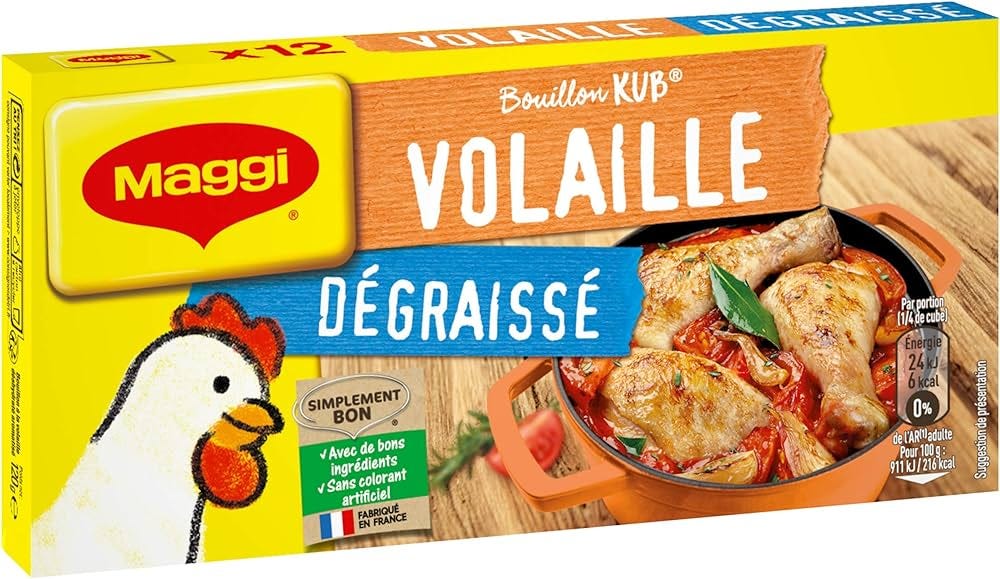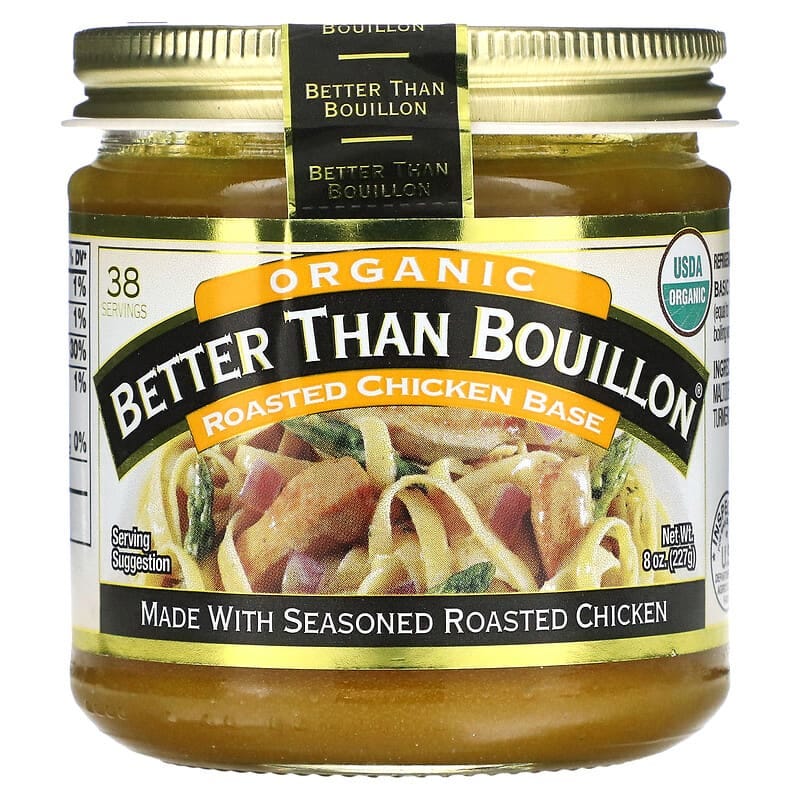This year I began a new assignment at Radio Canada. I’ve been contributing a food chronicle at Rad Can (as we regulars call it) since September 2012, first on the show Medium Large hosted b Catherine Perrin, then on the show Du Côté de Chez Catherine (also hosted by Catherine), and most recently on the show, Pénélope, hosted by Pénélope McQuade. My first “gig” on Pénélope was as one of three chefs in a series called Le Combat des Chefs (the chef's’ battle), which ended last year, and just in time frankly because it was stressing me out no end (I’m too competitive for shows like that).
Happily I’m back this year with a new assignment on a bit called Les Testeurs where three of us (me, Loouni, and Michelle Furtado) get to test all sorts of fun food things and report back on the radio. As the show is in French, after it runs I post here in English about my discoveries, such as the test on the brownie mixes I did last month.
This time around I thought of chicken broth, a kitchen staple that I always like to have some on hand. Yet because though I make my own stock, on occasion I do run dry, and when that happens I head to the grocery store to pick up a carton to make my soup, risotto, sauce etc.
Stock and broth are often used interchangeably in recipes, yet each brings distinct qualities to cooking. While both work well as foundations for soups and sauces, stock's preparation method—specifically the use of bones during cooking—creates a richer, more concentrated chicken flavor. Broth, by comparison, offers a lighter profile.
A few years back, I was visiting my sister in Paris where, to my dismay, she informed me that ready-to-use chicken broth barely exists. In disbelief I visited several supermarkets and left empty-handed. “I told you,” she said, “They use bouillon cubes here.” We eventually found some lovely chicken stock at the Marks & Spenser’s shop in Paris (now closed) for an exorbitant price, but otherwise, nothing.
I cannot deny being more than a little saddened to find out that Parisians settle for miserable bouillon cubes for their recipes. My sister’s explanation: Tetra Pak containers take up precious pantry space and few Parisians have large enough freezers to stock their homemade fonds. Here in Quebec, broth is available as a ready-made product, or concentrates in the form of pastes, liquids, powders, and cubes.
During my early cooking days, I assumed all store-bought broths were interchangeable. Like many home cooks, I watched my mother alternate between chicken stock powder for rice and the occasional bouillon cube, or when time allowed, boiling a whole chicken for soup. It wasn't until culinary school that I discovered how fundamental a quality stock is to countless recipes—and how dramatically it can elevate a dish.
While most home cooks don't have the luxury of preparing liters of homemade stock, the prevalence of store-bought alternatives raises an important question: How do commercial products compare to homemade stock, and which offers the best quality and flavour? Standing before a supermarket shelf lined with options can be overwhelming, especially since labels and ingredient lists offer limited insight, and price doesn't necessarily indicate quality.
To find the best commercial stocks and broths, I picked up a variety of brands at three supermarkets and several specialty stores, prioritizing low-sodium and organic versions whenever available. Each product underwent identical testing conditions: precise one-cup measurements, thorough shaking before use, exact dilution according to package instructions, bringing each sample to a boil, and allowing them to cool to a warm temperature before tasting. I tasted them all and then asked my bf Jean, to taste them too.
Most store-bought stocks enhance flavour through additives including yeast extract, onion powder, natural flavours, and natural chicken flavour (fat). While my focus was primarily on taste rather than nutrition, sodium content remained a consideration. Excessive salt not only poses health concerns but can also overpower a dish's intended flavours. It's worth noting that traditional homemade stock should remain unsalted, allowing for proper seasoning during the final cooking process.
Ready-Made Stock
My first impression was that when it comes to store-bought stock, the difference between brands is huge. After tasting through them all, I was pretty shocked. The bad ones were just sad — as in watery liquid that barely tastes like chicken, salt bombs that'll ruin your dish, and some that honestly smelled weird (burnt onions, anyone?). A few brands actually nailed it with real chicken flavour and perfect balance. Otherwise, most were disappointing. Wondering why your soup never tastes quite right? Your stock choice might be the culprit.
Recommended
Ilios organic chicken broth: Real chicken flavour, well balanced seasoning, very close to homemade. I will always reach for this brand first. ****
Campbell's reduced-salt chicken broth: Tasted more like chicken soup than chicken broth but the chicken flavour was strong and reduced salt version was just as salty as you’d ever want a stock. I’d recommend this one over the regular, salted stock. ***
Compliments Organic chicken broth: This product is light in chicken flavour, but that could be a good thing when using your broth in a vegetable soup when a pronounced flavour isn’t essential. Not my first choice, but I’d happily buy it in a pinch. **
Not recommended:
Pacific foods organic chicken broth: Truly awful. Barely any flavour besides an off-putting bitterness.
Life-Smart organic chicken broth: Insipid and salty. No thanks.
Ricardo Chicken broth 50% less salt: Even if this is by far the lest expensive bouillon on the market at $2.99, the broth is odd tasting, like cardboard, with an unpleasant aftertaste.
Imagine chicken broth: I’ve seen this broth recommended in other broth taste tests and I can’t imagine why. The only thing chicken about this broth is the word “poulet” on the packaging.
As for cubes, powders, concentrates:
After my first sip of a powdered stock, I was hit by the SALT, followed by the complete lack of chicken flavour. And those cubes took ages to dissolve. The majority aren’t worth recommending, save for perhaps a dash of concentrated stock or a smidgeon of cube to boost the flavour of your homemade stock. Happily, there was one definite winner in this category.
Recommended
Better than Bouillon chicken base: We have a winner! At approximately $9 for 225g this product is pricey but the resulting broth really does the trick (and compared to the ready-made stocks that run close the $7 a litre, the price of this product is a deal). It has real chicken flavour and just enough of a salt to enhance without overwhelming. Their vegetable stock base comes highly recommended too. *** 1/2
Not Recommended
Knorr cubes: Both the classic cube and the “made with natural chicken stock variation” are not recommended due to their overwhelming salt flavour with zero chicken taste.
Go Bio organic chicken broth powder and cubes: Made in Austria, this organic stock powder (also available in cubes) was far too weak. If you have it, try doubling the recommended dosage.
Knorr Concentrated Chicken Bouillon: As awful as the cubes, this liquid concentrate added the taste or burnt onion to all of that salt. Major yuck.
Do you have a favourite stock? Leave a comment.
In the end I couldn’t help thinking, yes you can use these products in a pinch. But they’re expensive and most of them are a waste of time. If you want to make your own stock, particularly relevant given that ready-made stocks cost up to $7 per litre, here’s my recipe:
Keep reading with a 7-day free trial
Subscribe to Lick my Plate to keep reading this post and get 7 days of free access to the full post archives.








